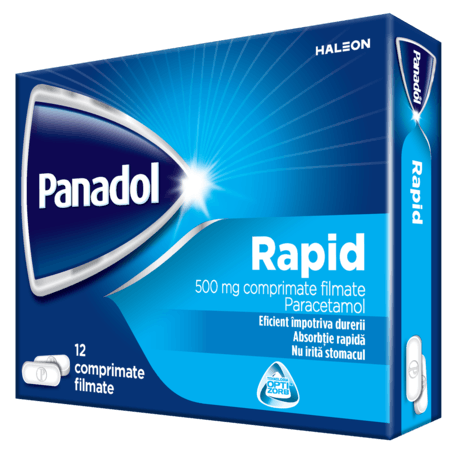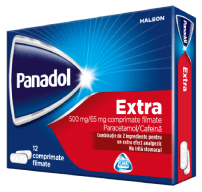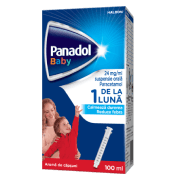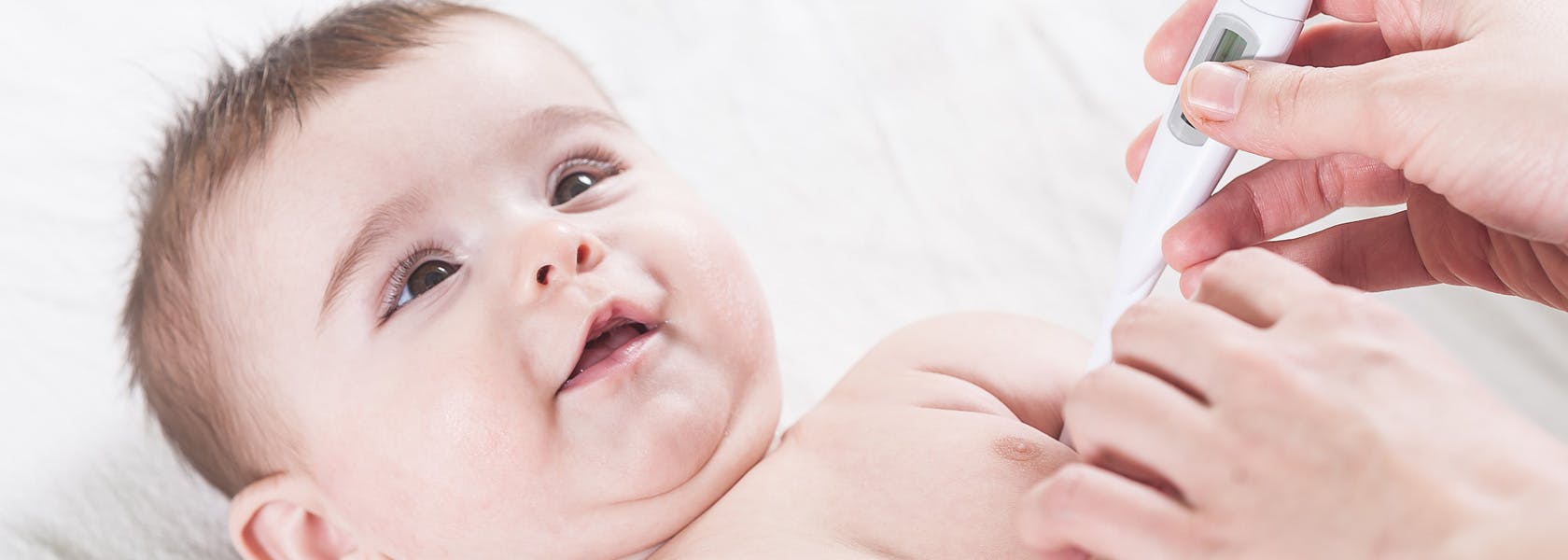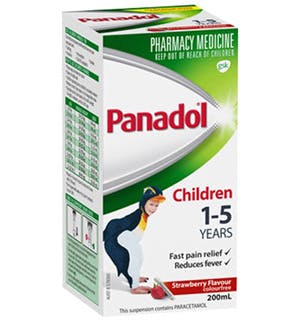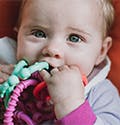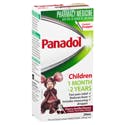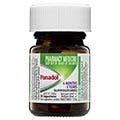
HOW CAN I MANAGE MY BABY'S FEVER?
It’s not unusual for babies to have elevated temperatures when they are unwell. However, it can still be worrying for you as a new parent to be woken up in the middle of the night by the cries of a feverish baby.
Read on to learn how you can comfort your little one and recognise when you should seek medical help.
WHAT CAUSES FEVER IN BABIES?
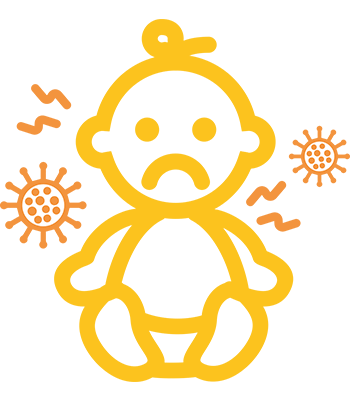
Although it may cause discomfort, a fever is not harmful for your baby. You just have to keep a close watch and do what you can to offer comfort.
A fever is an increase in body temperature. It is part of our body’s normal response to infections, and it plays an important role in fighting them. Your baby’s temperature will return to normal once the infection has gone.
DOES MY CHILD HAVE A FEVER?
If you are not sure if your baby (less than two years old) is suffering with a fever, start by taking his/her temperature. A fever is a body temperature over 38°C. However, as different types of thermometers have varying accuracy, the following are generally accepted values:
In the armpit |
Above 37°C |
On the forehead (temporal |
Above 38°C |
Also, here are some symptoms to keep an eye out for:

Redness or flushing
and may feel hot
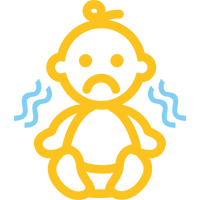
Shivering

Irritability

Loss of appetite

Dehydration
HOW CAN I HELP?
The following home remedies will help you manage your baby’s fever:
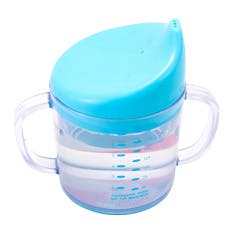
- Provide fluids in small amounts, frequently. For babies under 6 months, give extra breastfeeds, formula or cooled, boiled water
- Keep baby in a quiet area and encourage rest
- Make sure they’re cool in light clothing and using a light blanket
If your baby appears to be experiencing the discomfort of a fever, an over-the-counter medication containing paracetamol such as Children’s Panadol can help. The correct dose for Children’s Panadol depends on your baby’s body weight, so be sure you know what it is.
Extra care should be taken not to give your baby any other medications containing paracetamol to avoid accidental overdose.
To make sure you’re giving your baby the right dose, always stick to a medication routine and refer to the product label for dosing instructions. This handy Children’s Panadol Online Dosage Calculator to calculate the correct dose. Also, to help you measure the correct dose for your child, each Children’s Panadol liquid products comes supplied with convenient, easy-to-use dosing devices.
Contact your doctor immediately if your baby is under 3 months old or if you are concerned.
WHY CHOOSE PANADOL?
Trusted
It’s only natural that as parents, we wish to feel confident and assured when it comes to making our kids feel better. Children’s Panadol is recommended for the relief of pain and fever in children; and is trusted by mums and dads.
Heritage of use
Children’s Panadol has been trusted for over 60 years to relieve pain and fever.
Suitability
Tough on fever and gentle on little tummies, Children’s Panadol can start to reduce fever in just 15 minutes.
Range
Children’s Panadol is available in a variety of formulations including baby drops, elixirs, suspensions, suppositories, chewable tablets and soluble tablets.
Here are some of the products specially tailored for babies under 2 years old:
It is important to match your child’s weight to the corresponding dose on the label.
WHEN SHOULD WE SEE A DOCTOR?
You should seek medical attention if your baby:
- Is under 3 months old and has a fever
- Is above 3 months old and has a high fever (over 40°C)
- Has a fever that persists for more than a day or two
- Refuses to take fluids or has dry nappies (indicating possible dehydration)
- Develops a rash
- Has frequent bouts of vomiting and diarrhoea
- Is unusually sleepy, drowsy or lethargic
- Is very irritable and inconsolable
Consult your doctor if you are concerned for any other reason.
ALWAYS READ THE LABEL. Use only as directed. Incorrect use could be harmful. If symptoms persist see your healthcare professional. Seek medical advice for children under 3 months of age.

